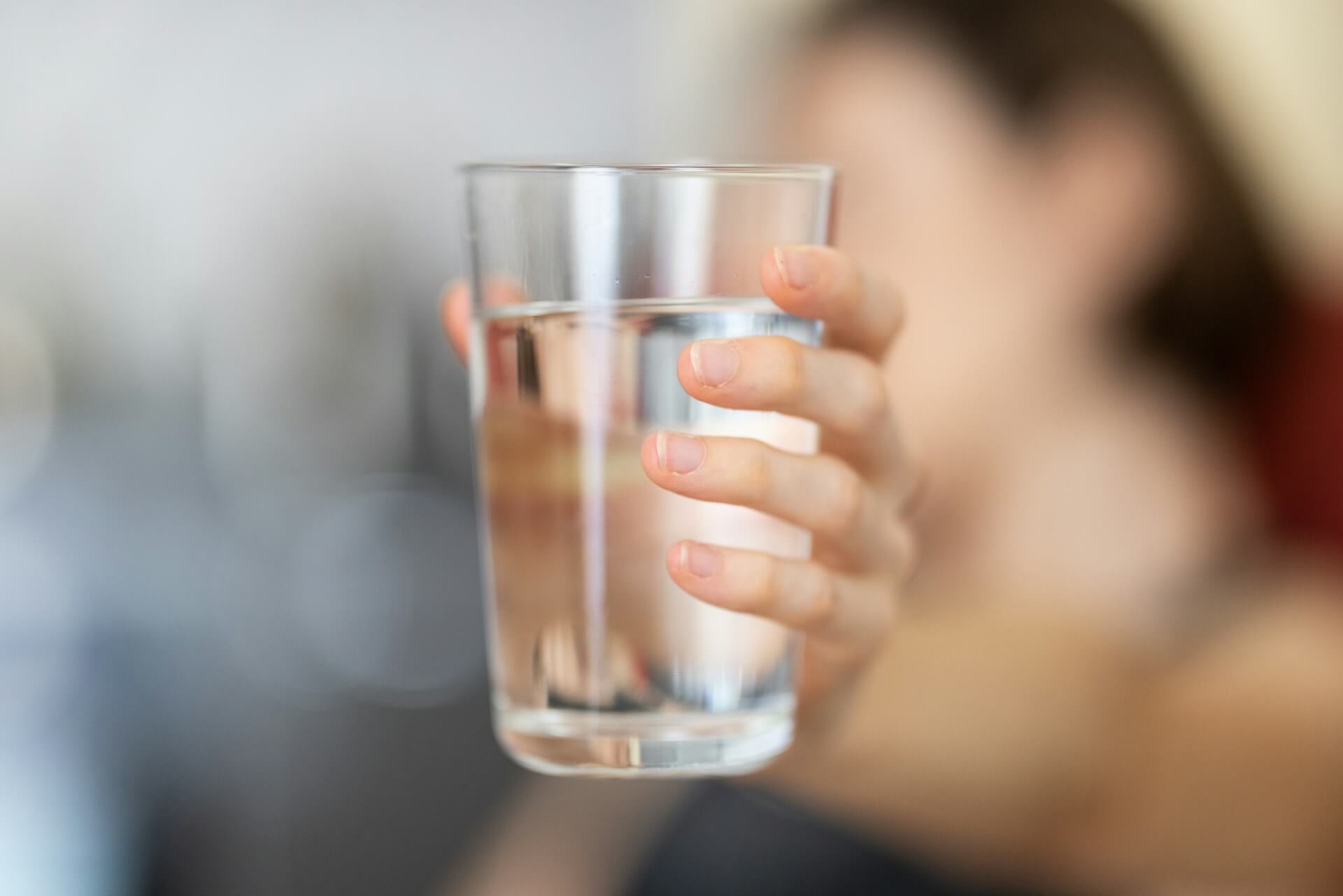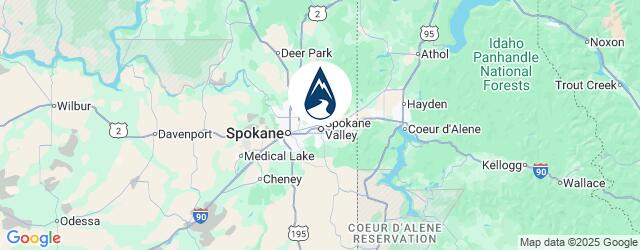Are Microplastics in Your Drinking Water?

Recent studies suggest the average adult may ingest the equivalent of a credit card’s worth of plastic every week or up to 12 plastic shopping bags’ worth per year. That’s right, tiny plastic particles are showing up in our food, bottled water, and even tap water. So what are these plastics doing in our water, and what can we do about them? Let’s break down the facts and explain how Quality Water Northwest can help protect your family’s health with advanced filtration and water treatment systems.
What Are Microplastics and Nanoplastics?
Microplastics are pieces of plastic smaller than 5 millimeters, while nanoplastics are even smaller, microscopic fragments that can pass through traditional filters. They come from everyday sources like:
- Plastic packaging and bottles
- Synthetic fabrics and cleaning sponges
- Food containers and cutting boards
- Tire wear and environmental breakdown
Over time, these particles shed into soil and water supplies, eventually making their way into rivers, aquifers, and drinking water systems.
How Do Microplastics Get Into Drinking Water?
Even modern municipal treatment systems aren’t designed to capture particles this small. Studies show microplastics can pass through conventional filtration and chlorination. They may also enter your water after treatment from plastic pipes, storage tanks, or plumbing fittings. That means even homes connected to treated city water can still have microscopic plastic contamination.
Are Microplastics Dangerous?
The science is still developing, but researchers are increasingly concerned. According to the World Health Organization (WHO) and the Environmental Working Group (EWG), microplastics may:
- Carry toxic chemicals and bacteria
- Disrupt hormones or cause inflammation
- Contribute to respiratory and digestive issues
- Persist in the body over time
While not all health effects are fully understood, experts agree it’s better to limit exposure wherever possible, especially when solutions exist.
How to Remove Microplastics from Water
Here’s the good news: modern home water filtration systems can significantly reduce or remove microplastics before they reach your tap.
Proven Technologies Include:
- Reverse Osmosis (RO): Removes particles down to 0.0001 microns — the most effective method for eliminating microplastics and other contaminants.
- Ultrafiltration and Nanofiltration: Filters with pore sizes smaller than 0.1 microns, capturing both micro and nanoplastics.
- Activated Carbon Filtration: Reduces chemical contaminants and adsorbs particles for cleaner, better-tasting water.
- Whole-Home Filtration Systems: Protect every tap, appliance, and shower with multi-stage filtration.
At Quality Water Northwest, we design custom Kinetico water treatment systems that combine these technologies based on your water test results and household needs.
What You Can Do Today
- Schedule a free water test. Our team measures hardness, chlorine, sediment, and other contaminants to give you a clear picture of your water quality and recommend the right solution.
- Install a K5 Drinking Water System. Our K5 Drinking Water Station uses advanced reverse osmosis to provide pure, great-tasting water free from microplastics, chlorine, and heavy metals.
- Install a Whole-Home Filtration System. Extend protection to every tap with systems that target both visible and microscopic contaminants.
- Reduce plastic use. Switch to reusable bottles and containers to limit how much plastic enters your home and the environment.
Protect Your Home from the Hidden Threat in Your Water
Microplastics are an emerging concern, but you don’t have to wait for regulation to protect your family. With Kinetico’s proven technology and Quality Water Northwest’s expert installation (Comfort Heating, Cooling, Electrical, & Plumbing Partner), you can enjoy cleaner, safer water, without the worry.
Schedule your free water test today in Spokane, Coeur d’Alene, or the surrounding Inland Northwest and take the first step toward cleaner, safer water at home.
References
- World Health Organization. Microplastics in Drinking Water. 2023. WHO.int
- Environmental Working Group (EWG). Research on Plastic Ingestion. 2024. EWG.org
- EPA. Microplastics Research and Risk Assessment. 2024. EPA.gov
- UT Arlington. Researchers: Microplastics Are Infiltrating Drinking Water. June 2025. UTA.edu
- Water Purification Guide. Water Filters That Remove Microplastics. 2024. waterpurificationguide.com
Hear From Our Happy Customers
Contact Quality Water Northwest Today!
We’re Ready to Help
A member of our team will be in touch shortly to confirm your contact details or address questions you may have.
"*" indicates required fields

- Coeur d'Alene
- Dalton Gardens
- Fairwood
- Glenrose
- Hayden
- Liberty Lake
- Millwood
- Post Falls
- Spokane
- Spokane Valley
